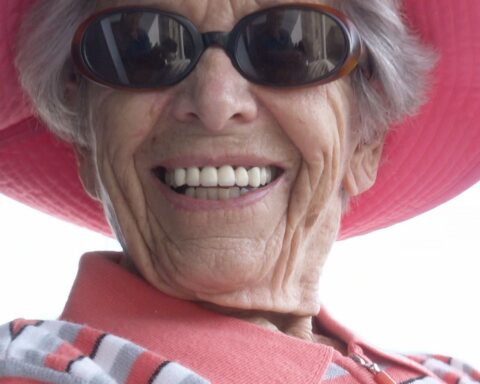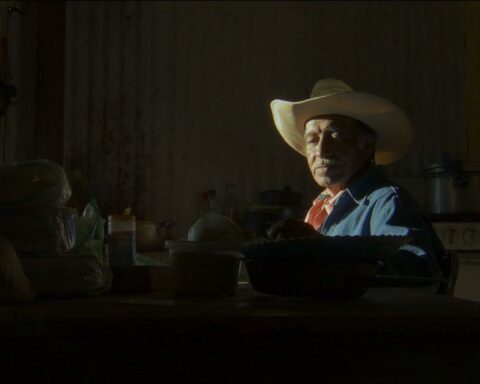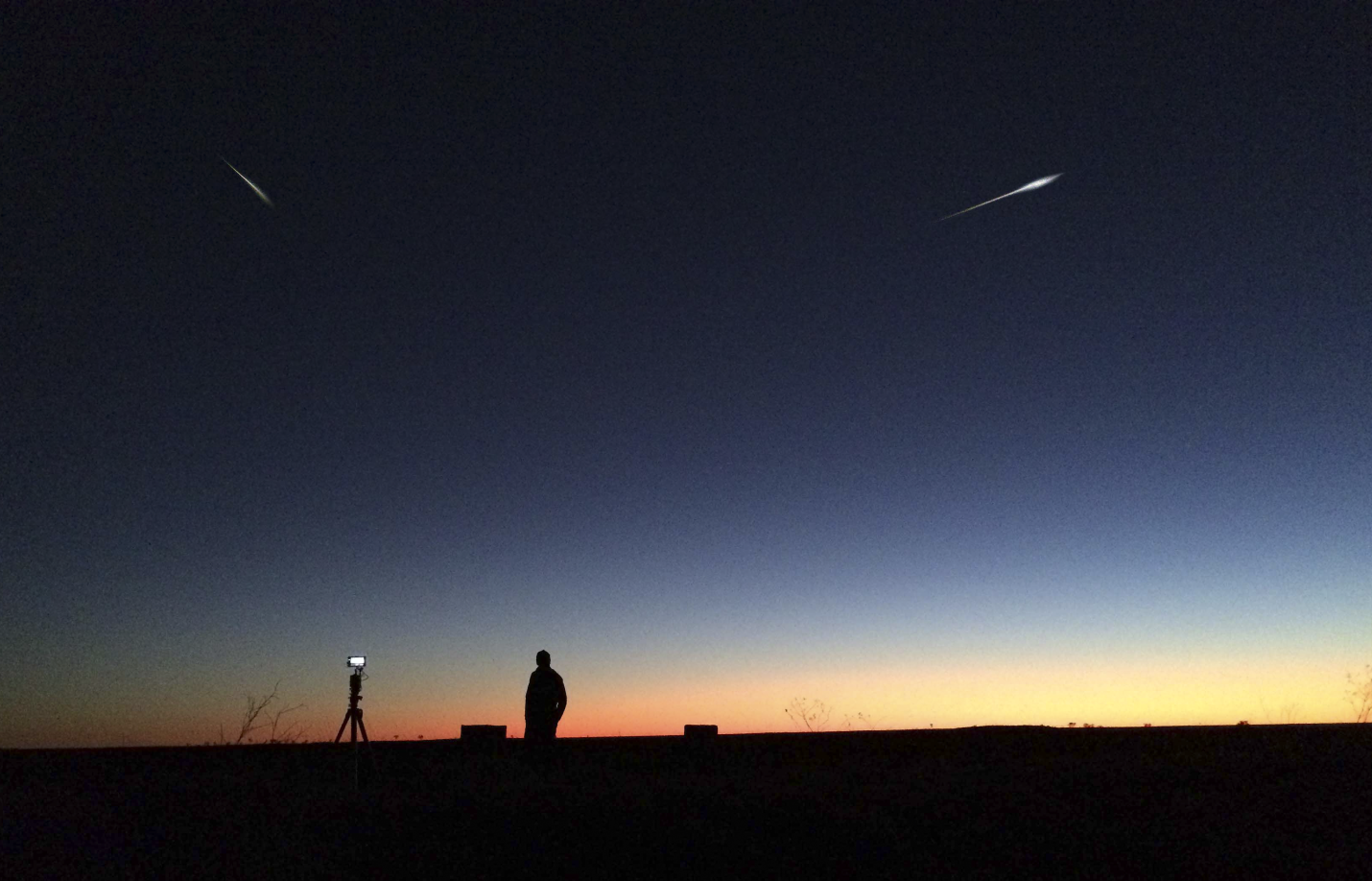The Two Sights
(Canada/UK 87 min.)
Dir. Joshua Bonnetta
In a 1998 paper entitled The Ghost in the Machine, engineer Vic Tandy drew a line between infrasound and paranormal activity. According to his research, low-frequency sound waves inaudible to humans could inspire a sense of oppression and dread. Remove the source of the sound, and suddenly the haunting disappears. Further research noted that the impact of the low-frequency noise was exasperated by changes in temperature, which could affect the speed of sound waves. In the natural world, infrasound can be produced by storms, seasonal winds and weather patterns and some types of earthquakes.
In Joshua Bonnetta’s The Two Sights, we examine the Scottish concept of the “second sight,” a way of seeing into the future. Almost immediately, though, the idea of sight as it relates to vision is dispelled. In nearly all cases and recollections showcased in the film, we are often taken on strange paths inspired by auditory hallucinations and visions. Shot on 16mm film in the Outer Hebrides of Scotland between the darkest and brightest days of the year, Bonetta’s film captures a hazy mood akin to the feeling between waking and sleeping, where the otherworldly takes root.
The Two Sights quickly becomes a film of voices. Different accents and languages recall strange and unexplained incidents. There are songs, whispers, whistles and hums. Our perceptions become attuned to variations in the wind rolling over the hills or a choppy body of water. Familiar sounds that we ordinarily understand as uniform are portrayed as variable and expressive. The film’s attentive pace, built primarily around long-shots of landscapes, allows us room to listen to a world teeming with sound.
The stories themselves reflect on this harmony. One man recounts a whale dying on the beach and, in the aftermath, a deep unease that settled on the shorefront. After a few days, he realized that disturbing feeling was coming from the water; it was the sound of whale songs, usually imperceptible from the land. The story evokes both a scientific reason for an unsettled feeling and opens up a new realm of questions about the spiritual values of the natural world. Were the whales searching for a member of their pod? Or, perhaps, were they mourning a fallen friend? The ambiguity only highlights the limits of humanity’s knowledge and experience and how little we know about the world around us.
The film’s soundscape further expands to incorporate human inventions. Early on, during one of the first narrations, the disembodied voice is interrupted by a sudden phone call. Telephones, radios and aeroplanes enter the soundtrack, creating further dissonance. Technology brings new energies to the already charged landscapes, altering its identity. These interruptions even begin to change our perception of landscapes. The haptic qualities of the 16mm combined with low-light conditions create highly textured images of water at night, transforming the dark seawaters into the snow-blown images of TV static.
The eerie and hypnotic quality of the filmmaking allows for an expansion of the senses. The Two Sights doesn’t commit itself, one way or another, to persuade the audience that there exists a supernatural second sight but rather that, in this strange landscape, thick with history and moisture, residents experience unexpected phenomena. The foreboding nature of some of the recollections, in particular, hints at this fragile ecosystem of expanded vision being threatened by encroaching modernity.
In the beached whale’s heartbreaking story, the film alludes to how modern life’s destructive technologies upset the natural world’s balance. In recent decades, there have been increased instances of beached whales, which scientists hypothesize might be linked to climate change. The combined noise of ships and the disruptions of increased storm phenomena confuse their echolocation, leading them to be displaced, sometimes accidentally swimming towards the shore. Our intervention has irreparably damaged the entire system of this underwater chorus of communication. Who’s to say the same can’t be said for the surface world?
The Two Sights searches through its chorus of voices and portraits of landscapes, a tertiary space between conscious and unconscious experience. Sound becomes the driving force in this experience. The film presents us with the possibility that sound might transcend our perception of reality. Regardless of supernatural belief, it has a massive impact on how we navigate the world. More than just a documentary about the second sight, Joshua Bonnetta’s filmmaking, therefore, becomes a document of a soundscape that is slowly being lost and might never be recovered.
The Two Sights screens at RIDM beginning Nov. 12.












